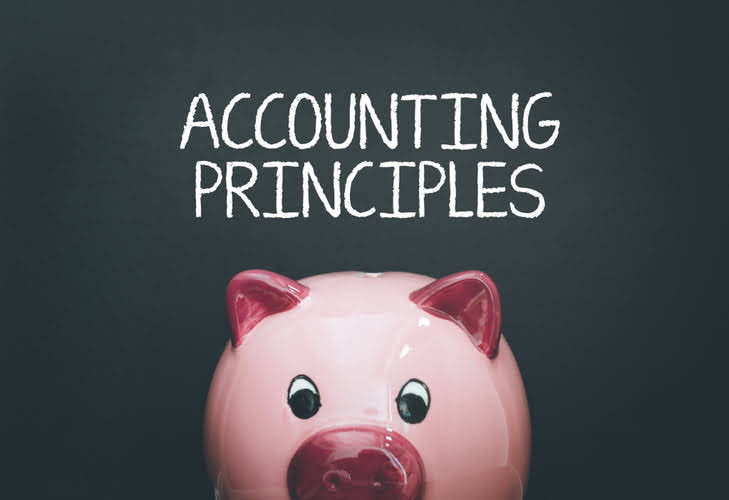
Close the income summary account by debiting income summary and crediting retained earnings. When dividends are declared by corporations, they are usually recorded by debiting Dividends Payable and crediting Retained Earnings. Note that by doing this, it is already deducted from Retained Earnings (a capital account), hence will not require a closing entry. Take note that closing entries are prepared only for temporary accounts. Temporary accounts include all revenue and expense accounts, and also withdrawal accounts of owner/s in the case of sole proprietorships and partnerships (dividends for corporations). The retained earnings account is reduced by the amount paid out in dividends through a debit and the dividends expense is credited.

Closing Entry Definition, Types & Examples
- Doing so will give zero balance to the brief history to use for the next fiscal year.
- The expense accounts and withdrawal account will now also be zero.
- This is no different from what will happen to a company at theend of an accounting period.
- Finally, transfer any dividends to the retained earnings account.
- First, all the various revenue account balances are transferred to the temporary income summary account.
The $10,000 of revenue generated through the accounting period will be shifted to the income summary account. Whether you’re processing closing entries manually, or letting your accounting software do the work, closing entries are perhaps the most important part of the accounting cycle. Closing entries are completed at the end of each accounting period after your adjusted trial balance has been run.
Temporary accounts:
Remember the income statement is like a moving picture of a business, reporting revenues and expenses for a period of time (usually a year). We want income statements to start every year from zero, but for accounts like equipment, debt, and cash accounts—reported on the balance sheet—we want to keep a running balance from the beginning of the business. Closing your accounting books consists of making closing entries to transfer temporary account balances into the business’ permanent accounts. As mentioned, temporary accounts in the general ledger consist of income statement accounts such as sales or expense accounts.
Everything You Need To Build Your Accounting Skills
The term can also mean whatever they receive in their paycheck after taxes have been withheld. Retained earnings are defined as a portion of a business’s profits that isn’t paid out to shareholders but is rather reserved to meet ongoing expenses of operation. Closing entry to account for draws taken for the month, for sole proprietors and partnerships. Then, just pick the specific date and year you want the closing process to take place, and you’re done! In just a few clicks, the entire financial year closing is streamlined for you.
- You begin the closing process by transferring revenue and expense account balances to the income summary account, a temporary account used specifically to transfer revenue and expense account balances.
- The First Step of Closing Entries is closing the Revenue account.
- After preparing the closing entries above, Service Revenue will now be zero.
- Clear the balance of the revenue account by debiting revenue and crediting income summary.
- The Final Step of Closing Entries is closing the Dividends account.
- The assumption is that all income from the company in one year is held for future use.
Other accounting software, such as Oracle’s PeopleSoft™, post closing entries to a special accounting period that keeps them separate from all of the other entries. So, even though the process today is slightly (or completely) different than it was in the days of manual paper systems, the basic process is still important to understand. All expense accounts are then closed to the income summary account by crediting the expense accounts and debiting income summary.
Step 1: Close all income accounts to Income Summary

This means you are preparing allsteps in the accounting cycle by hand. HighRadius Autonomous Accounting Application consists of End-to-end Financial Close Automation, AI-powered Anomaly Detection and Account Reconciliation, and Connected Workspaces. Delivered as SaaS, our solutions seamlessly integrate bi-directionally with multiple systems including ERPs, HR, CRM, Payroll, and banks. closing entries are crucial for maintaining accurate financial records.
Great! The Financial Professional Will Get Back To You Soon.
- Opening entries include revenue, expense, Depreciation etc., while closing entries include closing balance of revenue, liability, Depreciation etc.
- Theclosing entry will credit Dividends and debit RetainedEarnings.
- Just like a normal Trial Balance, it will contain and display all accounts that have non-zero balances and see if the debits and credits will balance.
- The purpose of closing entries is to merge your accounts so you can determine your retained earnings.
- Permanent accounts track activities that extend beyond the current accounting period.
- They arealso transparent with their internal trial balances in several keygovernment offices.
Leave a Reply